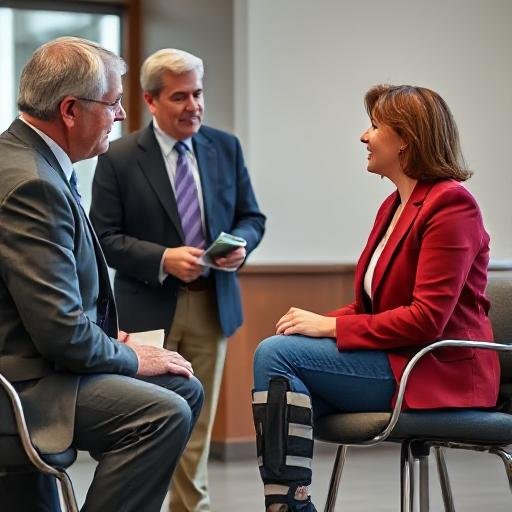
You’re walking through a store, a hotel, a parking lot—then suddenly, you’re on the ground. It happens fast. But what comes next matters even more. Slip and fall accidents can cause serious injuries—and in many cases, they’re preventable.
Slip and fall lawyers specialize in determining when someone else’s negligence is to blame, and they know exactly how to assess the scene, the conditions, and the available evidence to build a strong case.
Here’s what they look for—and how they prove it.
Common Hazard Types That Lead to Slip and Fall Claims
Not every accident leads to a lawsuit—but when unsafe conditions are involved, you may have a valid legal claim. Here are the most frequent hazards attorneys look for:
1. Wet or Slippery Surfaces
- Recently mopped or waxed floors
- Spilled liquids in stores or restaurants
- Rainwater tracked indoors without proper mats
Key legal issue: Was there a warning sign or reasonable attempt to prevent the hazard?
2. Uneven or Damaged Flooring
- Cracked sidewalks or loose tiles
- Torn carpets or unsecured rugs
- Misaligned floorboards or steps
These defects often build strong cases, especially if they’ve existed for a while without being repaired.
3. Poor Lighting
- Dim or broken lights in stairwells, hallways, or parking areas
- Shadows that obscure hazards or changes in elevation
If you couldn’t see the hazard due to poor lighting, the property owner may be liable.
4. Ice, Snow, and Outdoor Conditions
- Uncleared ice on walkways
- Inadequate salting or sanding during storms
- Failure to follow local snow removal laws
Outdoor conditions don’t eliminate responsibility—especially if the owner had time to address them.
5. Obstacles and Clutter
- Boxes or merchandise in walkways
- Electrical cords or equipment left across floors
- Poorly placed furniture in public spaces
Businesses must maintain safe, clear walkways—especially in areas open to the public.
How Slip and Fall Lawyers Build a Case
Winning a slip and fall claim is about more than just proving you fell—it’s about showing how and why the fall happened, and that someone was responsible. Here’s how attorneys typically approach it:
1. Scene Documentation
- Photos or videos of the hazard (ideally taken immediately after the fall)
- Surveillance footage from the property, if available
- Diagrams or reconstructions of the scene, if needed
2. Medical Evidence
- ER and doctor visit records
- Treatment plans and physical therapy logs
- Statements from your physician about injury severity and recovery time
3. Witness Statements
- Onlookers who saw the fall or the unsafe condition
- Employees who may have known about the hazard
- Anyone familiar with the location’s past safety issues
4. Maintenance Records and Property Logs
- Cleaning schedules
- Complaint records
- Inspection reports or repair requests
A paper trail that shows negligence or delay in fixing known hazards is key.
5. Timing and Liability
Attorneys also investigate:
- How long the hazard existed
- Who was responsible for the space (e.g., property owner vs. tenant)
- Whether the victim had reason to expect the hazard (e.g., a clearly marked wet floor vs. a hidden defect)
What Makes or Breaks a Slip and Fall Case?
Strong cases usually involve:
- Clear evidence of a hazard
- Proof the responsible party knew—or should have known—about it
- Prompt reporting of the incident
- Consistent medical documentation
Weak cases often stem from:
- No witnesses or documentation
- Delayed treatment or inconsistent injury claims
- Situations where the victim ignored warning signs
Final Thought: It’s About Accountability, Not Accidents
Slip and fall cases aren’t about blaming someone for a moment of clumsiness. They’re about holding property owners accountable when preventable dangers are ignored—and helping victims recover from the financial and physical impact.
If you’ve been injured in a fall and suspect negligence played a role, a slip and fall attorney can help you assess the hazard, gather the right evidence, and fight for fair compensation.
Author: AI Generated